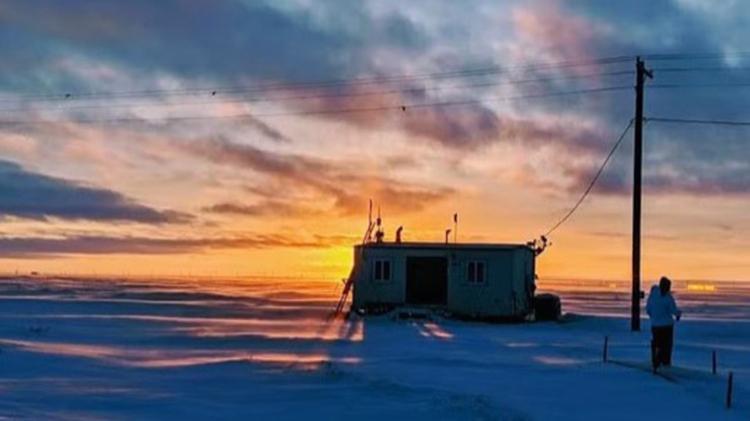Atmospheric Chlorine Chemistry in the Winter and Links to Snow and Aerosol Chemistry

Environmental Futures Seminar - Professor Kerri Pratt
-
-
-
Wollongong Campus
6.210
Kerri Pratt is a Professor of Chemistry and Earth & Environmental Sciences at the University of Michigan (USA). Her research lab focuses on the chemical interactions of atmospheric aerosols, reactive gases, clouds, and snow in the Polar Regions and wintertime environments. The Pratt Lab has conducted over 15 field campaigns in the Arctic, at ground-based sites, on icebreakers, and on aircraft. Currently Professor Pratt is a Fulbright Scholar in Australia, hosted by the CSIRO. Her lab is also currently participating in the Australia-US joint field campaign CAPE-k (Clouds and Precipitation Experiment - kennaook) at the Cape Grim/kennaook station in Tasmania. Professor Pratt has received many other awards, including the 2024 National Brown Investigator Award, among others. Professor Pratt is a scientific steering committee member of the International Global Atmospheric Chemistry (IGAC) Project, as well as the activities CATCH (Cryosphere and Atmospheric Chemistry) and PACES (air Pollution in the Arctic: Climate, Environment, and Societies).
Atmospheric multiphase chlorine chemistry impacts both air quality and atmospheric oxidation. Gaseous nitrogen pentoxide (N2O5) reacts with particulate chloride to produce gaseous nitryl chloride (ClNO2). Upon sunrise, ClNO2 photolyzes, producing chlorine and NO2 radicals that can trigger ozone and aerosol formation. However, models struggle to accurately simulate this chemistry. We developed a new approach to parameterize N2O5 uptake and ClNO2 yield that considers the heterogeneity of the aerosol population and applied this at both inland and coastal wintertime environments. We show that only a fraction of the particulate surface area at each field site contained chloride and that accounting for this aerosol heterogeneity in our new parameterization improves simulations. We also show ClNO2 production upon the deposition and reaction of N2O5 on saline snow, showing that this reaction is not solely limited to aerosols and is likely important in snow-covered polluted coastal regions.